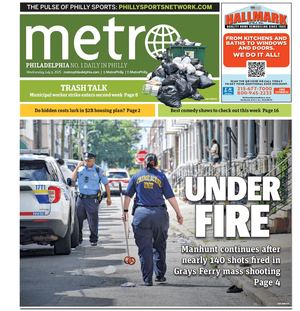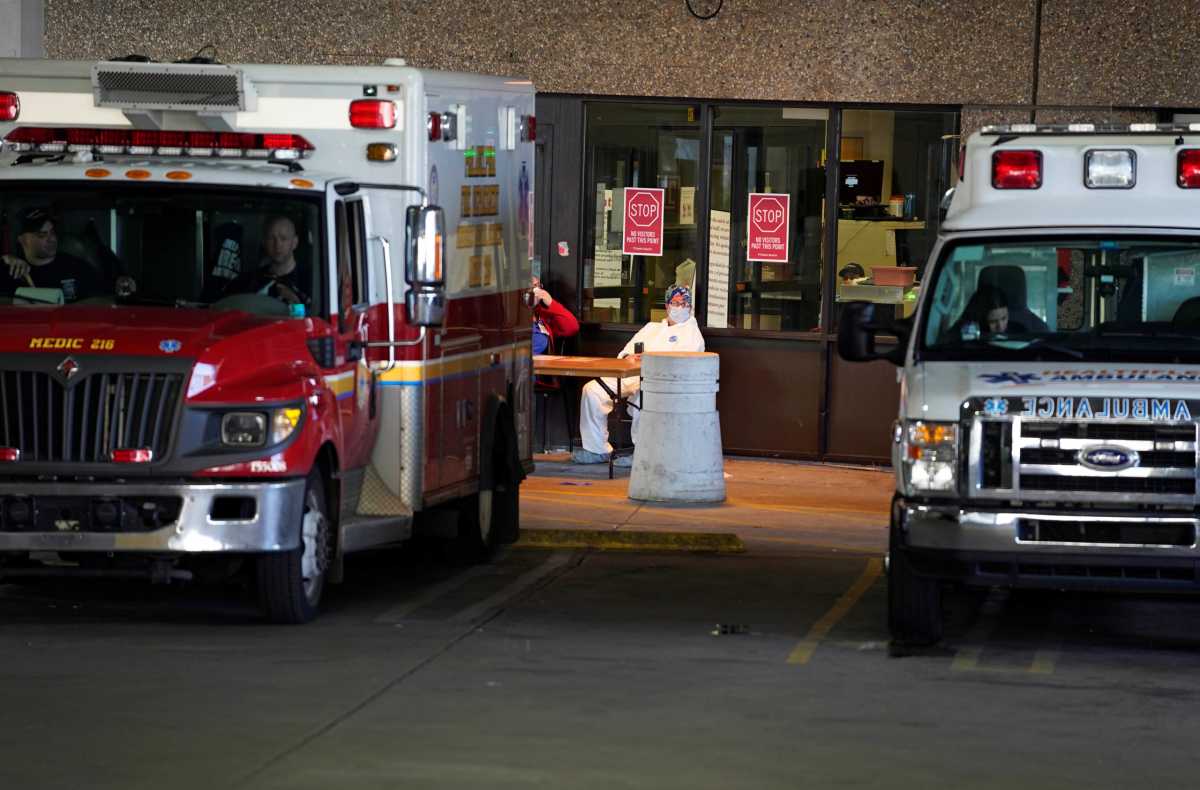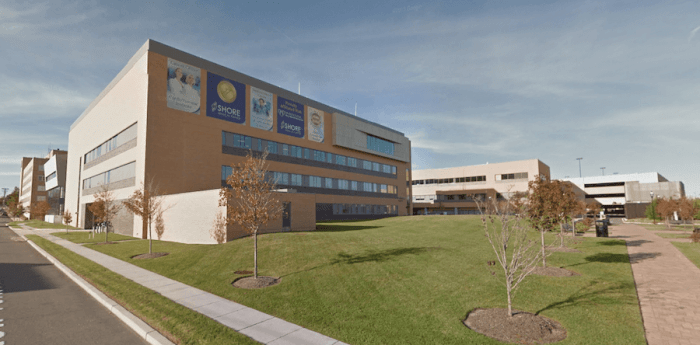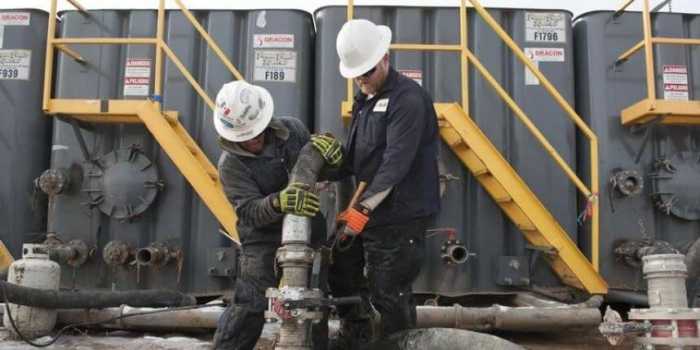Pennsylvania Health Secretary Rachel Levine urged residents to follow public health guidance, saying it will take a collective effort to keep the latest coronavirus surge from overwhelming the healthcare system.
Her appeal came as hospitals in the southwestern and south-central parts of the state face staffing shortages. Some medical centers have already run out of intensive care unit beds, according to Levine.
“We have to remember that there are not an unlimited number of hospital beds, but even more importantly, there are not an unlimited number of staff,” she said Thursday. “The people who make our healthcare system work are relying on you to do the right thing.”
About 5,000 people are hospitalized with the virus statewide, including more than 1,000 patients who are in the ICU.
Last week, Levine issued an order that compels hospitals to cut down on elective procedures if their region hits two out of three thresholds.
At least a third of the hospitals in southwestern and south-central Pennsylvania have reported that they expect to run low on employees within the next week, which is one of the criteria.
The other triggers are if an area of the state experiences a 50% jump in COVID-19 patient admissions in a two-day span and if less than 10% of hospital beds are likely to be available over a three-day period.
After two thresholds are met, state health officials will notify medical centers, mandating that they reduce elective surgeries by 50% for at least a week.
Those procedures use up beds, staff and personal protective equipment, Levine said, and some can be postponed without significant harm.
Elective procedures, which are critical to the financial health of hospitals, were paused completely for about a month at the onset of the pandemic.
Levine said officials have asked health systems to work together to adjust admissions to make sure each section of the state has the capacity to handle this pandemic wave.
“What the hospitals are going to have to do is balance their resources to take care of both the patients with COVID-19 that require hospitalization as well as the acute patients that do not have COVID-19,” she said during a briefing with reporters.

Staffing has been an issue, as employees have been forced to stay home, either because they tested positive or were exposed to the virus.
Levine said medical centers are able to convert regular surgical beds to ICU beds, if they have the right equipment, and they can divert workers to treat COVID-19 patients. In extreme circumstances, staff can be transferred from one hospital to another in need.
In Philadelphia, the situation has yet to rise to the level of spring’s surge. There are 842 coronavirus patients hospitalized, including 127 in the ICU. Around 17% of the city’s ICU beds are available, and nearly 10% of surgical beds, according to a state dashboard.
City hospitals treated about 1,000 COVID-19 patients at the pandemic’s peak.
Health Commissioner Thomas Farley has said he remains concerned about the medical system, but there are no plans to open surge hospital space, like what was set up at Temple University’s Liacouras Center.
Instead, officials are hoping the COVID-19 relief unit, which is caring for virus patients from nursing homes where they cannot isolate, will help keep hospital populations below capacity.
State data indicates Delaware County may be the most at-risk right now in southeastern Pennsylvania. As of Thursday, the county had only eight open ICU beds — equivalent to 8% of its total — and about 11% of surgical beds were available.
Meanwhile, Montgomery County, where about 400 virus patients are hospitalized, has about 14% of adult beds available, and, in Bucks County, about a quarter of ICU beds and 33% of surgical beds are empty.
Philadelphia recorded 825 new coronavirus infections Thursday, after reporting its highest-ever single-day case total Wednesday, 1,665. Pennsylvania hit its record Thursday, with 11,406 positive tests.
City officials counted five new virus-related deaths Thursday, while Pennsylvania registered 187 additional fatalities. The state’s pandemic death toll is nearing 11,000.
The Centers for Disease Control and Prevention revised its guidance Wednesday, advising that people need only to quarantine for seven days if they have a negative test and 10 days without a test.
Previously, the recommendation had been 14 days, and CDC officials said that a two-week quarantine is still preferable, according to Reuters.
Levine said the state is still reviewing the change.
“We will be working to align our recommendations with the CDC’s recommendations,” she said. “We’ll be putting out specific guidance soon.”






























